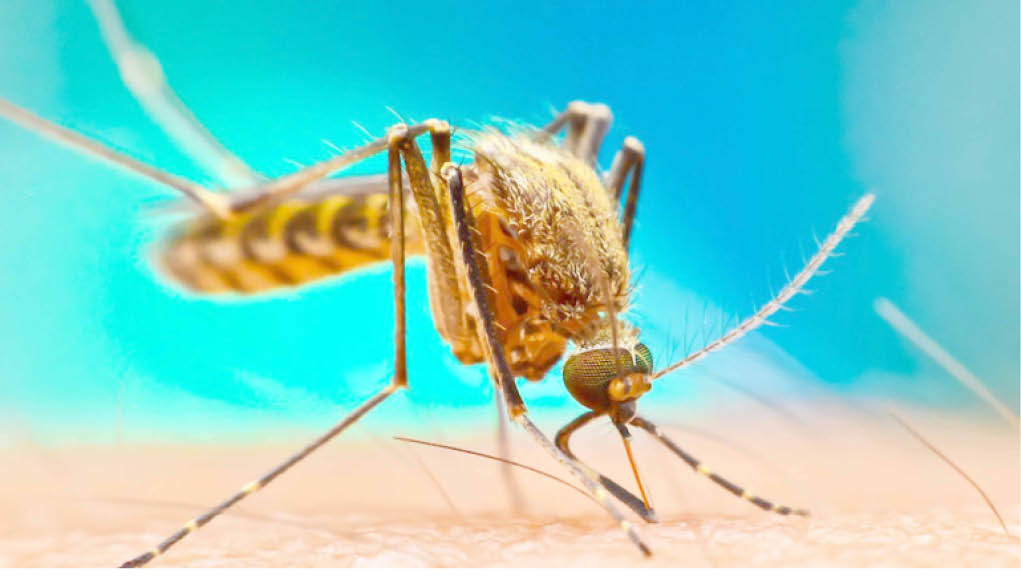There is nothing more disheartening than meeting a patient that cannot afford to pay for treatment. As a doctor, you fill dissatisfied and unfulfilled, because what is the point in making a diagnosis if the patient will just turn around, return home and continue to wallow in suffering?
Healthcare workers try as much as possible to prescribe drugs that are cost effective to the general population, however, there is little you can do when a combination of poverty and Inflation has made even the most basic of drugs like ACT (Artemisinin Combination Therapy) for malaria to become out of reach for the masses.
Last week, at a pharmacy, I overheard an elderly man asking the lady behind the counter:
‘Is this the cheapest anti-malarial drug you have?’
The cheapest drug they had cost N1,100 and the man had only about N500 in his pocket. Even that was made up of dirty crumpled N5, N10, N20 and N50 notes (no offence to CBN).
Once upon a time, a long time ago, it used to be that when one was ill with malaria, he or she could be treated for a paltry sum of N100. The treatment of choice then was chloroquine and its hallmark were cheapness, effectiveness followed by horrible skin itching. I still remember the way my classmates used to scratch their skins with a small comb after taking the bitter tasting awful pill that was chloroquine.
Still, it did its job.
Chloroquine was banned as a first line treatment drug for malaria in Nigeria in 2005. The decision, based on the recommendation of the World Health Organisation, was taken by the Federal Ministry of Health due to high treatment failures resulting from drug resistance. Usage of chloroquine was discontinued from the treatment of Plasmodium falciparum infection in almost all endemic regions because of global spread of resistant parasites.
Chloroquine, the standard, effective drug for decades costs about 10 U.S. cents per course of treatment for an adult. The new effective drug-ACT, today cost US$1.40 per course wholesale, and can be marked up to five times that amount in pharmacies in Africa. There are limited alternatives to ACTs for effectiveness and safety for widespread use, and their adoption is recommended by WHO and virtually all other expert bodies. Even 10 cents is too much for the poorest of the poor in every endemic country but it is affordable for many, and governments generally have been able to afford that price (or find external financing) for their public-sector needs. Multiply the per-dose difference in price by the millions or tens of million courses used per year in each country in Africa, and the money adds up. Continent-wide, an estimated 200-400 million courses of treatment are used per year, and an additional 100 million courses in the rest of the world. Realistically, the endemic countries are able to contribute very little of the incremental cost, and that is not likely to change for many years, given the pace of economic development in Africa and in poor nations elsewhere.
Why are ACTs so much more expensive than chloroquine? They are high because the process involves growing the source plant, Artemisia annua, extracting the active moiety, and creating the desired artemisinin derivative (artesunate, artemether, etc.). Coformulation with the companion drug follows. The price of the finished product is driven mainly by the cost of the artemisinin derivative, but also is affected by the companion drug (e.g., lumefantrine, the companion drug in Coartem, is a relatively expensive drug on its own, which contributes to the high price of the coformulation).Even at prices anticipated after the massive scale-up that would be necessary to supply the African market should funding become available for large-scale purchase, the price as sold by the producer will likely remain at about 10 times the price of chloroquine. These prices reflect the production costs of artemisinins without a premium for any exclusivity related to patents.
One conspiracy theory I heard was that pharmaceutical giants, in a secret meeting (probably at midnight, under the gaze of a full moon), decided that they were not making profit from a disease that was very common in Africa and so collectively decided to create a theory of chloroquine resistance so as to promote ACT.
Sounds ridiculous right?
Until you realise that, many years later, even after its ban, chloroquine is still the go to drug when ACTs fail to treat malaria in some patients.
That drug is the real deal, I tell you.
Malaria affects only poor nations, those with highly restricted purchasing power. As is well known, the Reaserch and Development (R&D) costs of new drugs, together with the profits, are recovered in a markup of price over the costs of producing the drug. For those medicines with worldwide demand, it is possible to recover the fixed costs and make the bulk of the profits from sales in the richer countries, while selling at much lower prices in poorer countries. Price discrimination—tiered pricing—is clearly emerging as the pattern for antiretroviral drugs for people with HIV, for the panoply of drugs needed for tuberculosis, for childhood vaccines, and others.
In the case of malaria, the market is very small outside of endemic nations, nearly all of which are in the low-income category: within these countries, there is no room to charge anyone substantially above the marginal cost of production in order to create incentives for R&D. The exception to this generalization is that antimalarials are needed by travelers, and by the military of high-income countries. These groups, however, need antimalarial prophylactic drugs, and to a much lesser extent, treatments for clinical disease. In the past, chloroquine filled both roles, but just as with treatment, because of widespread resistance, chloroquine can no longer be used for prophylaxis. Some other drugs still can be used for both purposes. Mefloquine and Malarone fall into this category however they are both are quite expensive.
There is something of a chicken-and-egg quagmire about the current price of artemisinins, and the prospect for significantly lower prices. Lower prices can be expected in response to large-scale demand, which, in turn, will induce competition among producers. However, without assurances from the global community that there will be a market for large quantities of ACTs, manufacturers will not have the incentive to scale up production, and prices will not drop. In addition to competition driving prices down (i.e., companies being willing to accept lower profits per dose with higher volumes), technological improvements in the process could bring down the actual production costs, which would be passed along to purchasers in a competitive environment.
The real price breakthrough will likely occur only when a fully synthetic artemisinin is developed, eliminating the growing and extraction process. The Medicines for Malaria Venture (MMV) has such a compound under development, which they predict could be available in 5-6 years. The ultimate price is not known, but it should be significantly less expensive than current artemisinins (assuming no premium for exclusivity). If the synthetic product is better than, or at least as effective as the extracted ones, the market would change dramatically. A global subsidy might still be needed, but it could be less than what is needed now.
Until then, we will continue to do what we have always done as Nigerians: praying and hoping for the best!

 Join Daily Trust WhatsApp Community For Quick Access To News and Happenings Around You.
Join Daily Trust WhatsApp Community For Quick Access To News and Happenings Around You.

